5 Warnings to Find in Enagic’s Fine Print
CAUTION KNAGEN CHEMICALS
What they’re not telling you

1) Strong Kangen & acidic water requires chemicals:
One of Enagic’s top selling points is the ionizer’s ability to create “Strong” Kangen & acidic water. What most reps don’t disclose is that creating this type of water requires an “electrolysis enhancer” (see Exhibit A below, copied directly from the Kangen Enagic SD-501 user manual).
As you can see on the diagram to the right, the Enagic SD-501 has several ports located on the front of the ionizer to refill the chemicals. The electrolysis enhancer (as seen in Exhibit B) is clearly marked “Not for drinking”. As you can see in Exhibit C, the constituents are “Processed water”, Sodium chloride (commonly known as “table salt”), and Sodium hypochlorite (commonly known as “bleach”).
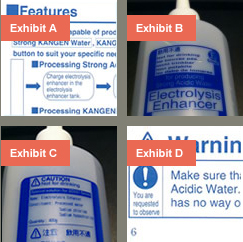
What most Kangen reps fail to mention is that noxious gases are produced when Sodium hypochlorite is put through an electrolysis procedure. Fortunately, the user manual (see Exhibit D) clearly offers a warning to this effect.
Most prepared Kangen reps are quick to point out that, even though Sodium hypochlorite is a harmful chemical if ingested, the electrolysis enhancer is clearly marked “Not for drinking” and as such, the chemicals are not ingested. However…
2) Are you consuming Sodium hypochlorite with your Kangen drinking water?
…it is important to note that the same water cell used to create Strong Kangen and Strong Acid water is also used to create regular Kangen drinking water. My advice is to thoroughly flush the ionizer any time the chemicals are used, or simply invest in an ionizer that doesn’t require chemicals.
3) Kangen water performs best with ANOTHER chemical!
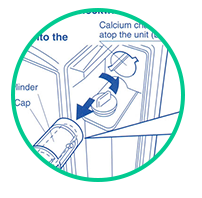
As if the Sodium hypochlorite isn’t bad enough, the Kangen Enagic SD-501 has another chemical injection port (accessible on the front of the ionizer) to add glycerophosphoric acid calcium. Like the other chemicals, this enhancer isn’t required to create alkaline ionized Kangen water, but it is normally used during product demonstrations to enhance the ionizer’s performance. And while we don’t personally know of any fatalities or illness from consumption of any of these chemicals, we follow the same simple guideline used when reading food nutrition labels: if we can’t pronounce it, we don’t eat it.
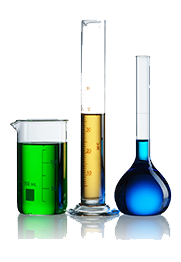
4) What about chemicals in the filter, too?
Just when you thought the first two chemicals were enough, we also bring to your attention an additive in the filter, calcium sulphite. Calcium sulphite is best known as a food additive and preservative, another chemical we generally choose to avoid if the opportunity permits.
While a reasonable argument can be made that both of the first two chemicals (sodium hypochlorite and glycerophosphoric acid calcium) are optional and not required to create alkaline Kangen water, the same can not be said for the third chemical, calcium sulphite. This additive is in the filter, and all water produced by the Enagic ionizer first passes through the water filter and is conditioned with calcium sulphite.
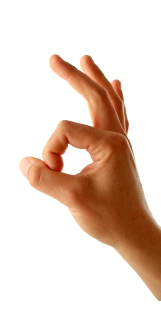
5) 5-year Limited Warranty requires bi-annual cleaning (cleaning cartridge not included):
This is another important point to catch before it’s too late: to be eligible for service under the limited 5-year warranty, Enagic requires that you perform maintenance on the water cell at least twice a year. Unfortunately, the cleaning cartridge required to perform the maintenance is not included with your purchase, and is instead an optional add-on.
Before calling for service, be sure to purchase the cleaning cartridge to avoid service denial for failure to follow the terms of the limited warranty.
So what’s the point?
Most other water ionizer manufacturers love to pick on Enagic’s Kangen water ionizer; after all, it’s an easy target. Kangen’s outdated transformer-style power system and plate technology have a difficult time competing with the SMPS-powered slotted or perforated plate design found in better water cells, not to mention the $2650 is commission paid on each Kangen sale.
However, keep in mind that the Kangen water ionizer features a solid design that has stood the test of time. Though newer competing models from other manufacturers perform better and have more bells and whistles, a lot of credit is due to Enagic for helping build the water ionizer industry here in America.
The 2 points that we’d like to make on this page are simple: first, why mess with chemicals when you can select a higher quality chemical-free water ionizer for less money? Second, make sure you ask well-formed questions when conducting your research; often, many important details are left out during the sales process. As an educated consumer, you now know what to watch for!
Here is the complete Enagic Kangen SD-501 User Manual:

3 Tips to Becoming a Dealer—My Story
Ever think about selling water ionizers? Wondering if there is money to be made? The truth is...
Read More 1-877-878-7220
1-877-878-7220 

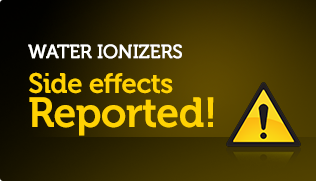
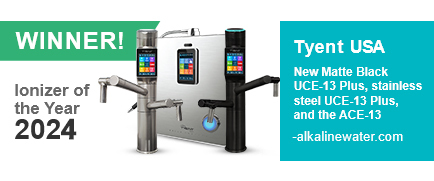







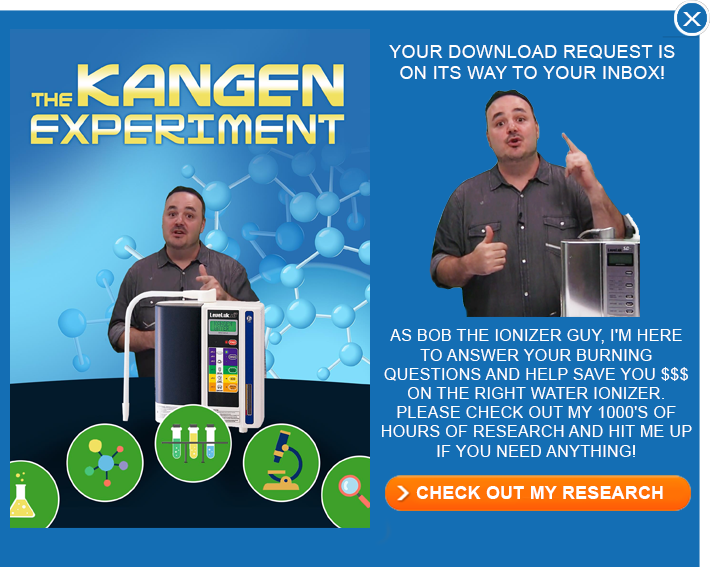
2 Responses
Carol says:
I bought a Kangen machine two weeks ago -based on info from my practitioner. (Cost, $4300) But your comments on the video about the chemicals are worrisome. Also I was told I need to (buy) some pre-filters suitable for the specific water of my area (in New York State) More money…..
Another friend has just bought
the Air-Water-Life ionizer for $895. Can you recommend that machine? It has an internal filter which removes (presumably most) of the harmful chemicals, VOC’s etc.
If not – WHAT CAN YOU RECOMMEND? I ONLY HAVE A SHORT TIME TO RETURN THE KANGEN. YIKES. HELP. CAROL